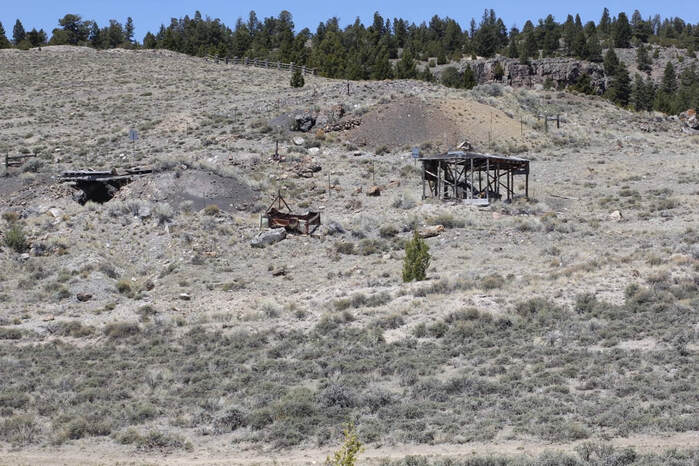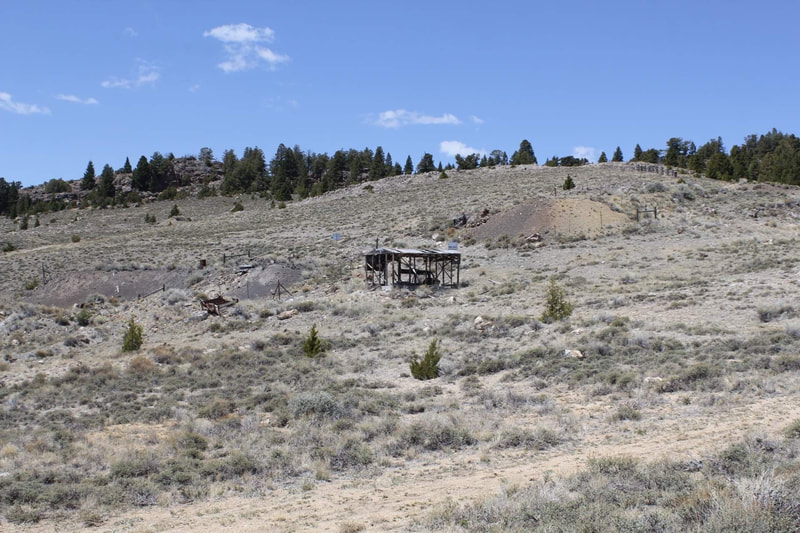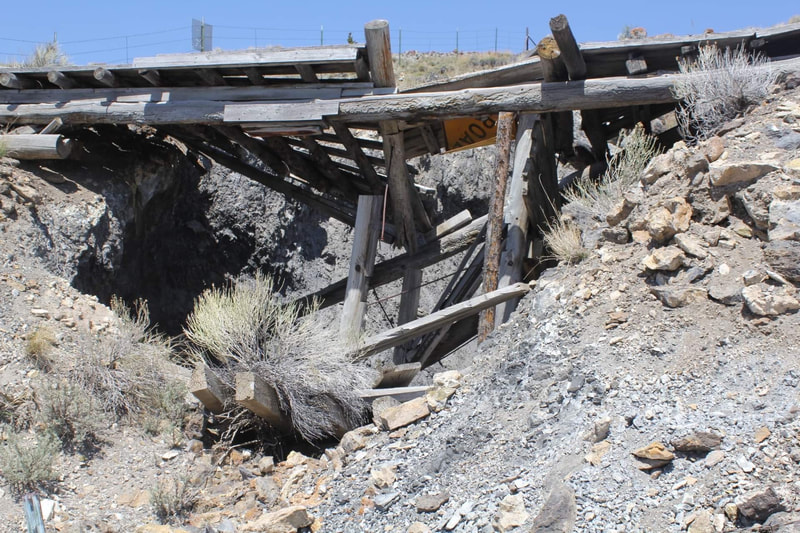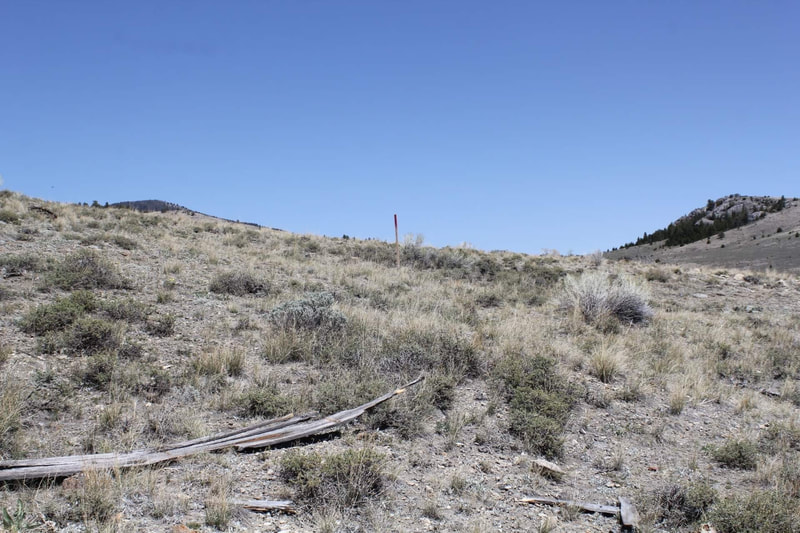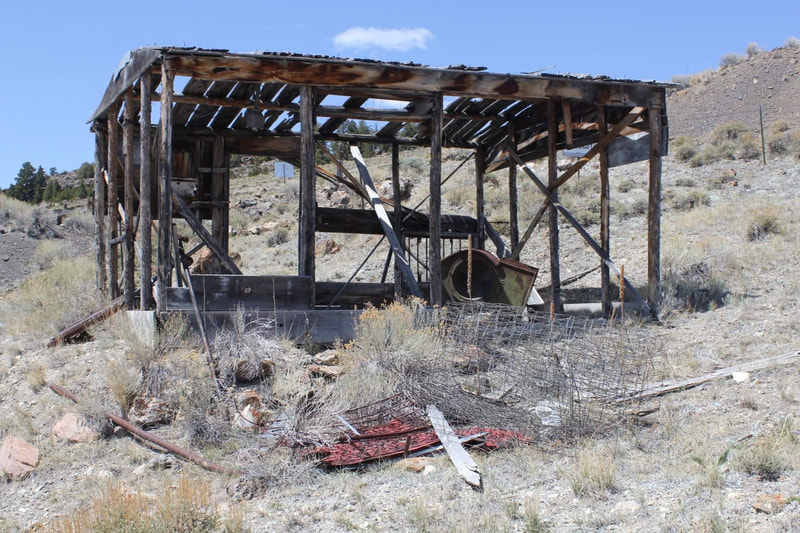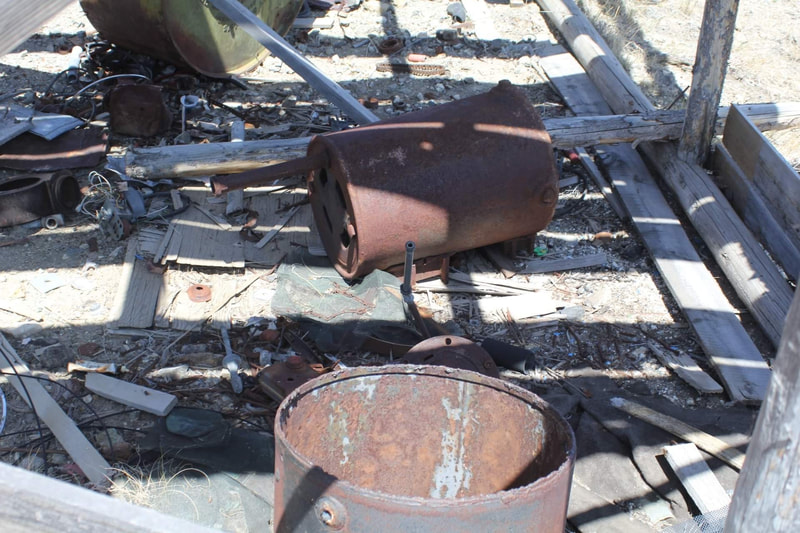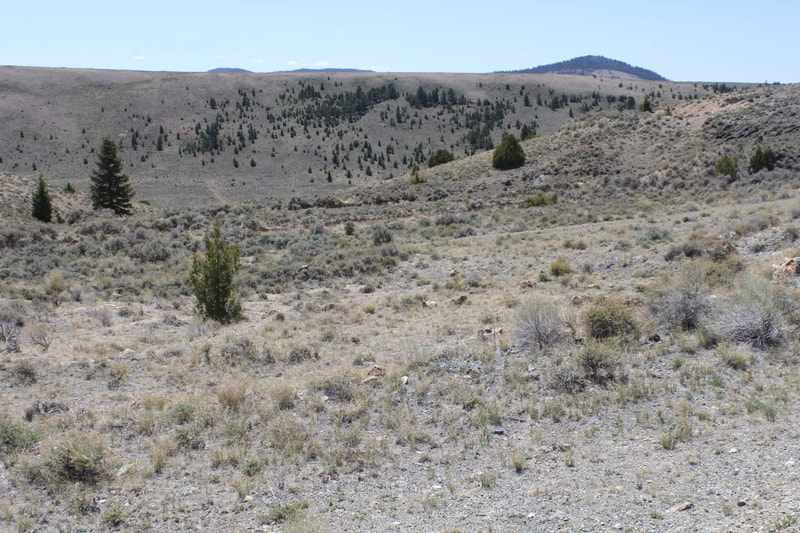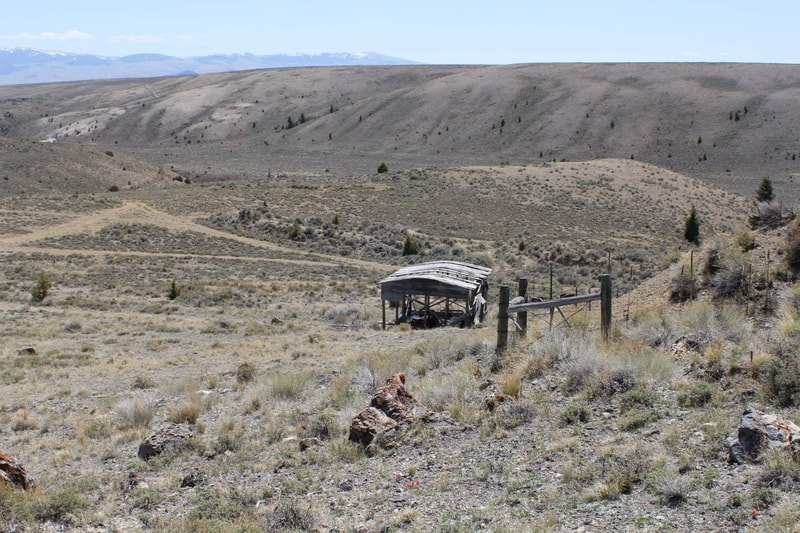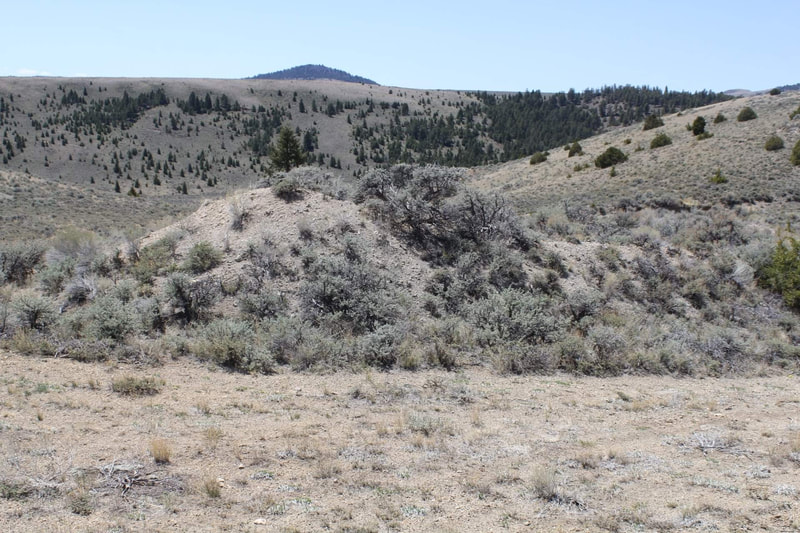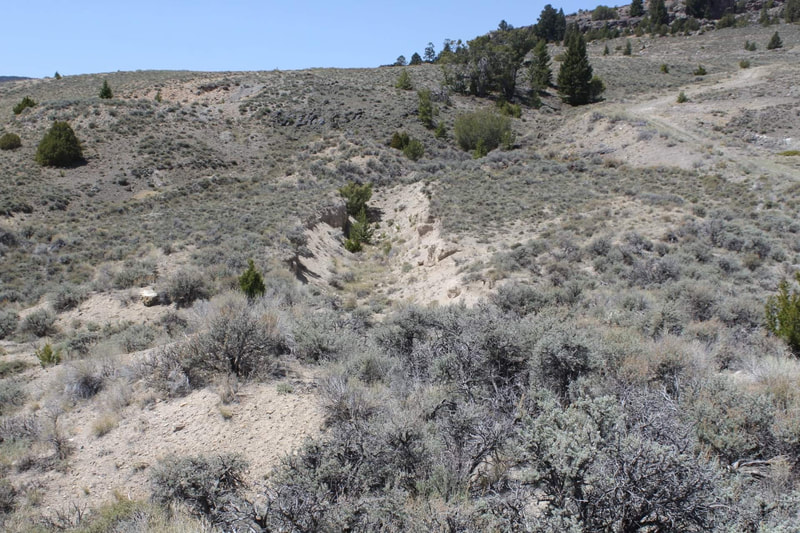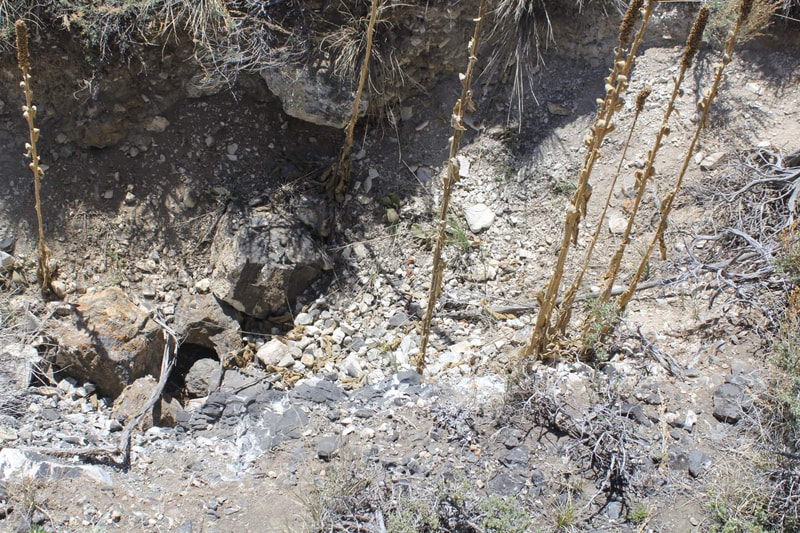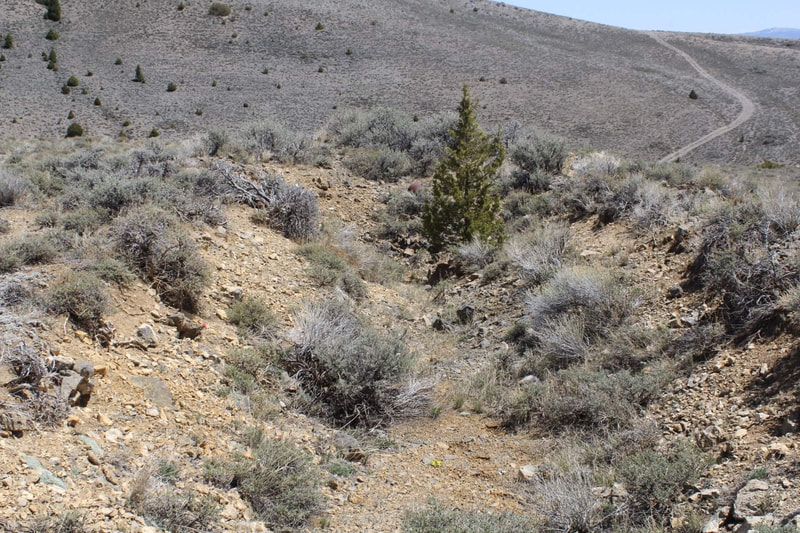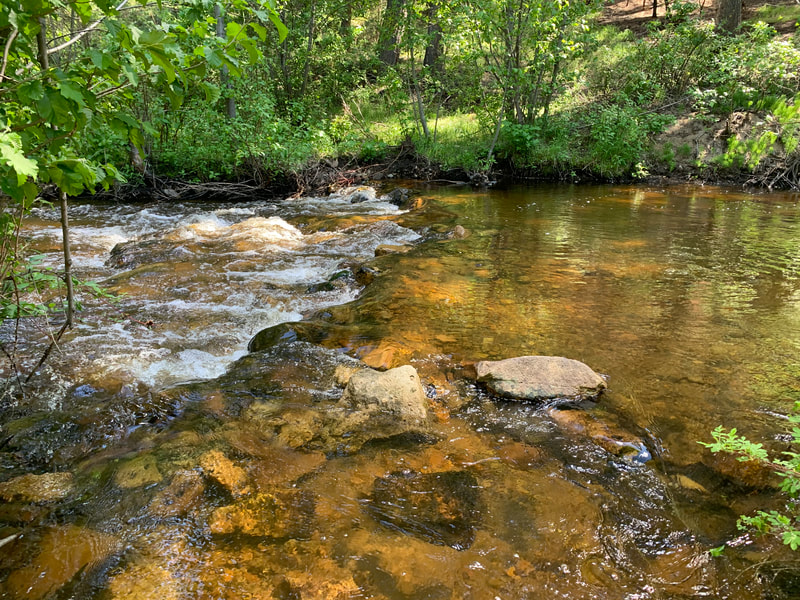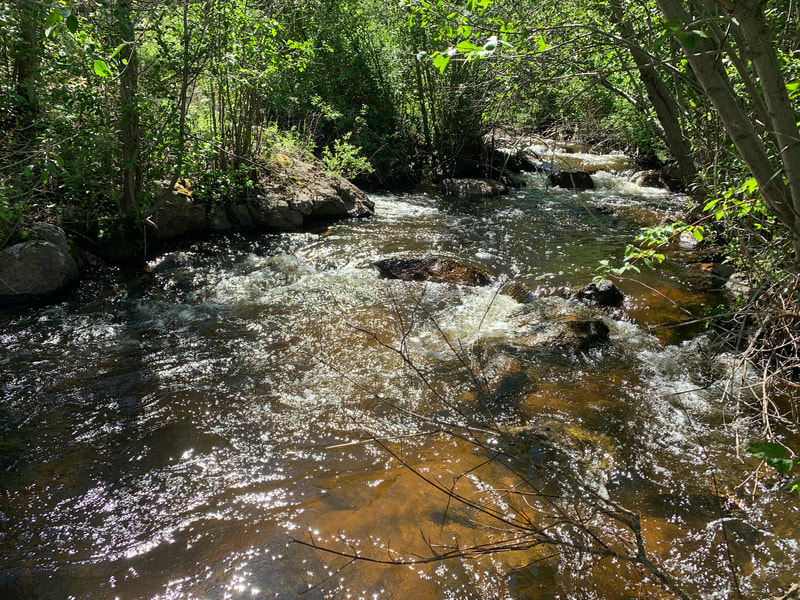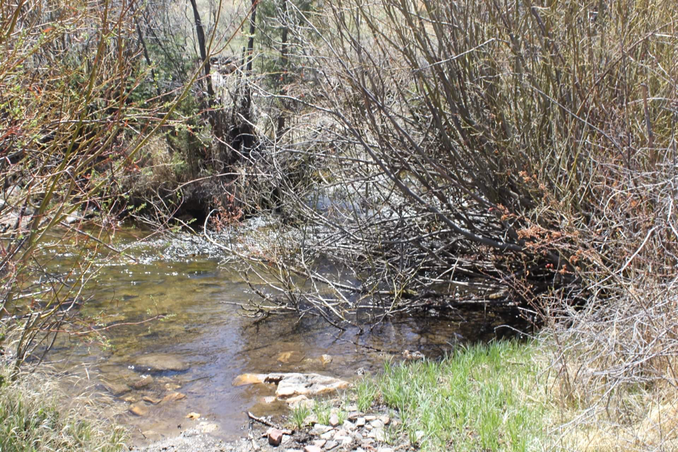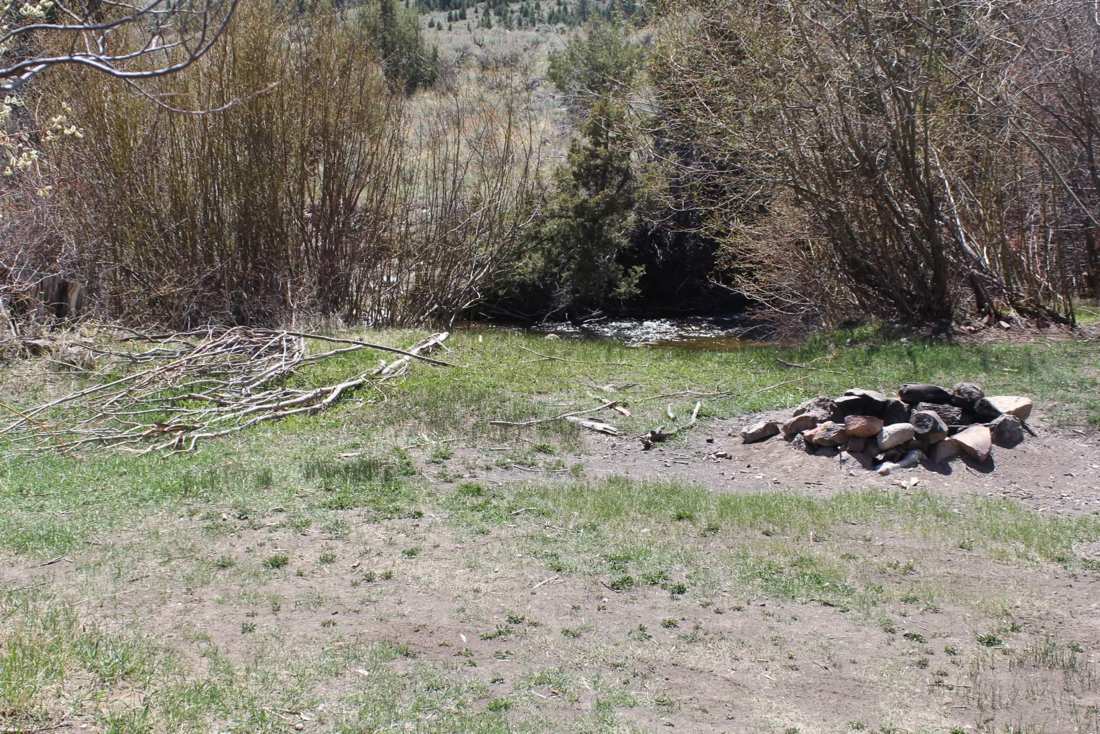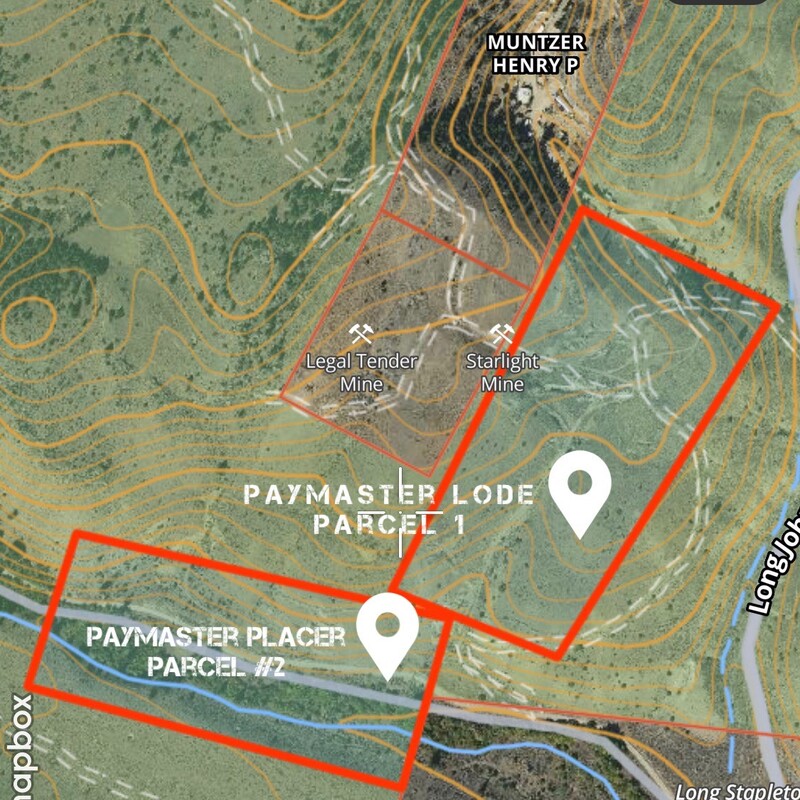The Paymaster
(Lode and Placer)
(40.66 acres)
Beaverhead County, Montana
$39,500
Now Available!
(Lode and Placer)
(40.66 acres)
Beaverhead County, Montana
$39,500
Now Available!
•Commodities: Gold, Silver, Base Metals
• Size: 40.66 acres
• Claim designation: Un-patented Lode and Placer
• Location: Beaverhead County, Montana
Financing is available with $2500.00 down and monthly payments of $289.00
Direct quit claim deed purchase discounts are available
The Paymaster, formerly known as the Legal Tender Extension is a documented mineral property in the historic Argenta Mining district of Southern Montana.
Featuring underground workings developed by two inclined shafts, an old mill house built on a stone foundation, a beautiful gold-bearing creek, and excellent access.
Located on the historic Rattlesnake Creek waterway, within five miles of Beaverhead County's largest Gold nuggets ever recovered; a lump weighing in at forty ounces, worth over seventy-two thousand dollars.
The first and probably richest ore to be treated in the Argenta district was contracted from A. M. Esler from the Legal Tender mine discovered in 1865.
Two hundred tons of Legal Tender ore was smelted at a rate of 15 tons per day. Charcoal for the plant was produced on upper Rattlesnake Creek and sold to the smelter for 20 cents per bushel which added $10 to $20 per ton to the cost of treating the ore.
When plant manager Steitz became sick in 1866 or 1867, he was replaced by Phillip Deidesheimer, the inventor of square-set timbering which was first used in the Comstock in Nevada.
(Gilbert 1935; Sassman 1941).
Lead and silver were the dominant metals in the district, with some gold, copper and zinc. Ore was found in a number of different geological deposits. Pipe-like ore bodies in limestone are the primary focus of mineral activity in the district and are the source of values in the Tuscarora group.
These pipes often split and rejoin as they follow the beds of limestone. Tabular ore shoots, occurring along the bedding planes in the limestone, were developed in the Legal Tender and Spanish mines. Tabular ore shoots along fissures in the limestone were worked in the Brownell, Mouldin, Anaconda, Coolidge and Goldsmith mines.
The Argenta district is noteworthy in that the first smelter in the Montana Territories was built in the district.
- Lode Workings
- Primary workings consist of a large vertical inclined shaft driven at about 15 degrees south into the mineralized outcropping and a secondary inclined shaft is driven about 350 feet south of the primary shaft at a strike of 75 SW.
Both Shafts feature heavily mineralized mine spills.
The composition of the mine spill is comprised of local host rock and mid-to-low-grade ores.
Local ore is comprised of soft "sand carbonate" typical of the district which is estimated at about 300 ounces of silver per ton and about 0.25-1.25 ounces per ton in Gold.
South of the workings rests an old mill building, presumably from the 1940s era. The wooden structure is visibly aged and weathered, while the stone foundations appear sturdy.
- Placer Workings
Featuring over 650' of running creek with gold-bearing gravel deposits, a secluded location, and excellent access.
Located on the historic Rattlesnake Creek waterway, within 5 miles of Beaverhead Counties' largest Gold nugget ever recovered.
Rattlesnake creek features a width of 7'-12' feet and a depth of .5' - 3'. feet.
Potential Gold deposits can be located in the gravel deposits, upper bench placers, and bedrock crevices.
Level banks provide an excellent location for a high-banking or small dredge operation, with calm water for casual Gold panning.
Primary workings consist of bench gravel deposits on the 25' level above water.
secondary workings are located on the northern portion of the mineral property. Large cuts range between 4-11 feet deep with heavily mineralized soil composition.
Placer Gold values are estimated at 0.25 to 2.1 grams per yard, with greater values located on bedrock.
- Large camping and staging areas are located just adjacent to the dirt road.
Excellent access via dirt roads for any 4x4 vehicle and most higher clearance 2wd vehicles in the warmer months.
Located within 15 minutes of Dillon, Montana.
This historic mine is available to the beginning enthusiast up to an established mining company.
